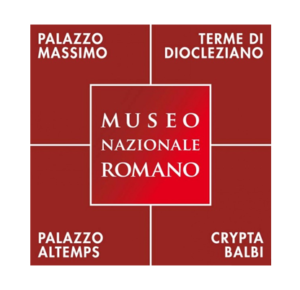Start with our video overview:
All roads lead to Rome, the saying goes. The reality is that the Roman roads were an incredible asset to Roman infrastructure to running their empire. Beginning in the late 4C BC, the first consular road was constructed to facilitate troops during the Samnite Wars. As Roman power and influence spread, so, too, did their network of roads, well built, with massive foundations of sand and pebble courses, capped with basalt lava stone (silex) pavers. The network extended to include 400,000 km of roads, of which approximately 80,500 km were stone paved. Many of the consular roads that traversed the empire emanated from Rome, with a golden milestone detailing their distances (Pliny, HN III.66).
Consular roads:
- Via Aurelia
- Via Cassia
- Via Flaminia
- Via Salaria
- Via Tibertina
- Via Casilina
- Via Appia
- Via Latina
- Via Clodia
- Via Nomentana
- Via Praenestina
- Via Anagnina
- Via Ardetina
- Via Laurentina
- Via Tuscolana
- Via Portuense
- Via Trionfale
- Via Cornelia
This content is brought to you by The American Institute for Roman Culture, a 501(C)3 US Non-Profit Organization.
Please support our mission to aid learning and understanding of ancient Rome through free-to-access content by donating today.
Cite This Page
Cite this page as: Darius Arya, The American Institute for Roman Culture, “Roads (General)” Ancient Rome Live. Last modified 11/11/2019. https://ancientromelive.org/roads-general/
License
Created by The American Institute of Roman Culture, published on 10/24/2019 under the following license: Creative Commons: Attribution-NonCommercial-ShareAlike. This license lets others remix, tweak, and build upon this content non-commercially, as long as they credit the author and license their new creations under the identical terms. Please note that content linked from this page may have different licensing terms.





